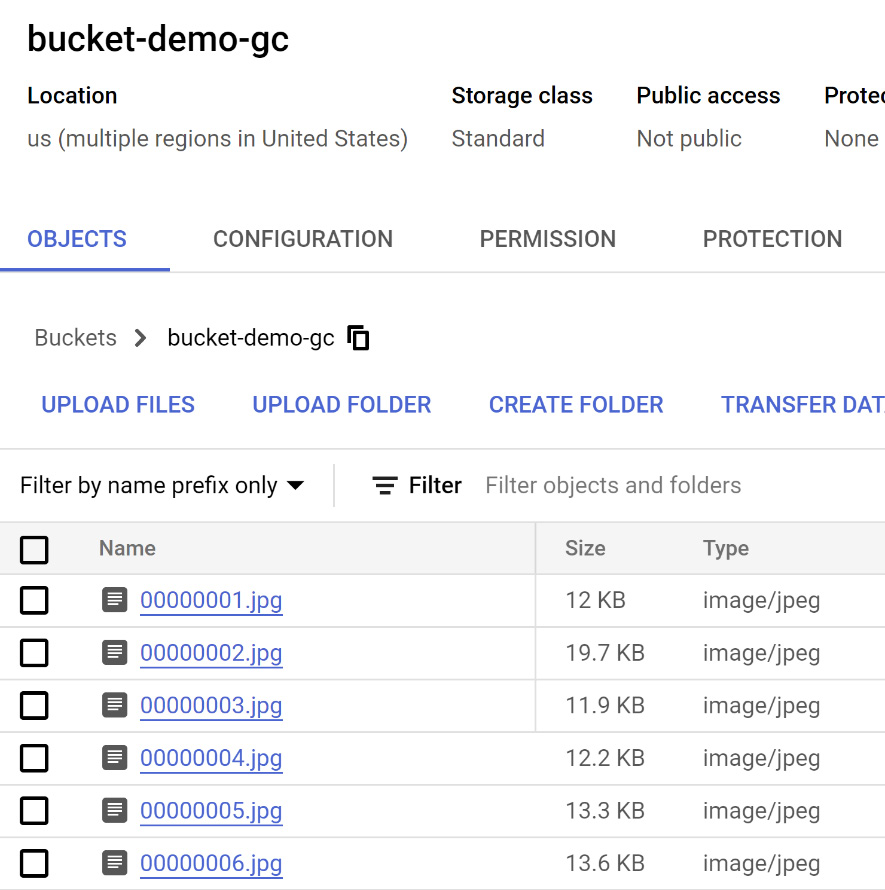Unstructured Data Management
Unstructured data is said to constitute a huge portion of data generated today. Some industry studies say at least 85% of data available today is unstructured. So, what is this unstructured data? Data with no predefined external structure in the form of a schema or table (rows and columns), object structure (JSON, XML, and so on), or data model is termed unstructured data, even though such data can have an internal structure. It can be generated by machines, humans, or applications.
Some common examples and sources of unstructured data are images, audio, video, files, and rich media. The fact that it is not constrained by fixed schema and is flexible for analyzing and drawing insights from raw data as-is is one of the major advantages of this type of data management. However, industries and organizations are not able to take full advantage of data of this kind for many reasons:


